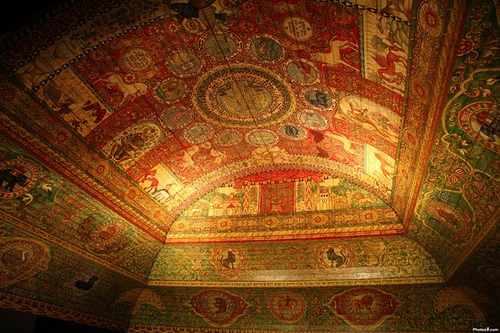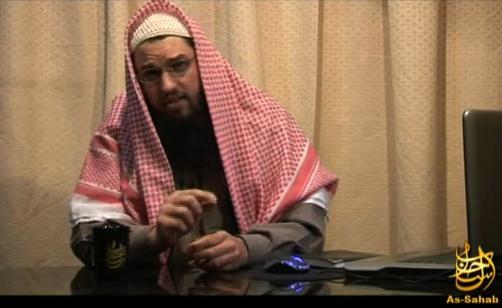
An interesting article in New York’s Jewish Week covers the phenomenon of Reform and Conservative temples merging. Outside New York City, here in the provinces, the ideological differences between the two liberal Jewish denominations don’t matter much to people. This reminds me of a concept I’ve been thinking about for several years — a previously unheralded branch (or sub-branch) of Judaism that could heal many of the breaches in Jewish religious life. I call it Provincial Orthodoxy.
Most Jews who know anything about Orthodox Judaism associate it with major population centers like New York, Baltimore, Miami, etc. The truth is that almost all the negative stereotypes linked with traditional Judaism stem from such places. Yet there exists a whole alternative universe of Orthodox Judaism in traditional communities in other places, provincial localities like Seattle where I live, but others as well: San Diego, Portland, Sacramento, Atlanta, Cleveland, Pittsburgh, and other relatively small American cities. The Orthodoxy in such places is quite different from what you find in New Jersey, Long Island, and so on. It is thriving and dynamic, accepting and diverse, enthusiastic for tradition in surprising ways, and largely undocumented. It’s also a lot more attractive, at least to me.
Notably, it consists of a very heavy representation of converts and baalei teshuva, Jewish returnees from secularism, rather than FFBs, the frum (religious) from birth. The synagogue that my family belongs to is representative of the phenomenon. Very few members are what you might think of as “typical” Orthodox practitioners who grew up that way. Lots and lots of the congregants come out of seemingly unlikely Gentile backgrounds. There is very wide variation in levels of observance. The rabbi is Chabad, but the synagogue isn’t. With Provincial Orthodox Judaism, that diversity is the norm. As with the blurring or blending of Reform and Conservative our here in the provinces, the factions and sub-factions that comprise Orthodoxy in New York and places like that just don’t matter so much. They appear to us almost, well, provincial.
A major source of tension in the wider American Jewish community has to do, of course, with the issue of tolerance. Reform, Conservative, and other Jews rightly feel that many traditionally Orthodox Jews might as well come from another planet. The self-conception and social background on the Orthodox side is far away from the Jewish American norm. But in the parallel universe of Provincial Orthodoxy (PO), the sociological profile is similar to what it is in the rest of the Jewish community, the mix of backgrounds including many who were not born Jewish and many who are not fully observant. As a consequence, PO Judaism presents a fascinating model of how Jews who adhere to tradition can get along with those who have gravitated to more liberal models. The hostility and lack of understanding that liberal Jews associate with Orthodoxy isn’t to be found here.
What’s interesting is that this appears to be the way Judaism was historically for centuries before our time. In Medieval Europe, Jews lived in tiny communities among Gentiles — very different from modern New York, Long Island, New Jersey, etc. — where they were compelled by their environment to adopt an attitude of worldliness, tolerance, and easy interaction with the non-Jewish world. Yet they maintained, broadly speaking, their observance of ancient Jewish law.

